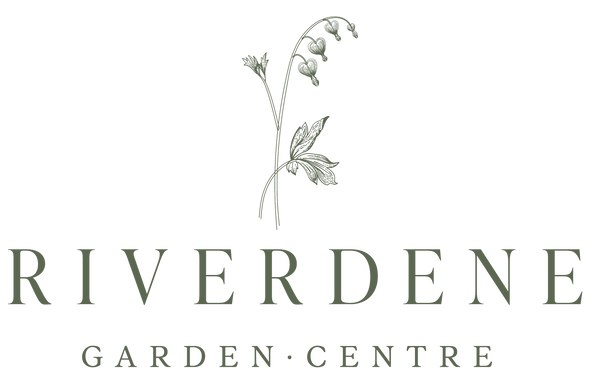Riverdene Garden Centre
Globe Blue Spruce (Tree Form)
Globe Blue Spruce (Tree Form)
Couldn't load pickup availability
Globe Blue Spruce (Tree Form) Care Guide
Overview:
The Globe Blue Spruce (tree form) is a compact, slow-growing evergreen that combines the distinctive blue-steel foliage of Colorado blue spruce with a dense, rounded habit. In its “tree form,” the globe top is grafted to a short trunk, giving it a lollipop or standard look that makes it a striking accent in gardens, entrances, or formal landscapes.
1. Planting & Growing Conditions
-
Hardiness Zones: Zones 2 through 8 — very cold-hardy.
-
Mature Size:
• Top (globe) diameter: 3–5 ft (0.9–1.5 m) depending on age and growing conditions
• Trunk height: usually grafted onto a trunk several feet tall, so total height might reach 6–8 ft or more in tree form. -
Light Requirements: Full sun is ideal. At least 6 hours of direct sunlight helps maintain the intense blue color of the needles.
-
Soil Requirements:
• Prefers well-drained soil, slightly acidic to neutral pH, with organic matter to help moisture retention and root health.
• Avoid heavy clay or waterlogged sites. -
Placement & Spacing:
• Allow room around the globe for full development—neighbors (shrubs, perennials) should be planted at least 2–3 ft away.
• Make sure it's not too close to buildings or overhead wires in the long term.
2. Watering & Establishment
-
First Season:
• Water deeply and regularly — aim for about 1 inch per week, more in hot or windy conditions.
• Maintain consistent moisture around the root zone; avoid letting the soil dry out completely. -
After Establishment:
• Globe Blue Spruce becomes more tolerant of drought over time, but benefits from supplemental watering during prolonged dry spells.
• Use deep, infrequent watering rather than light frequent watering.
3. Fertilizing
-
In early spring, apply a balanced, slow-release evergreen or acid-loving plant fertilizer to support new growth and overall health.
-
Avoid excessive fertilizing or high nitrogen that stimulates overly soft growth.
-
Organic compost or well-rotted amendments can also be incorporated at planting or around the root zone.
4. Pruning & Maintenance
-
Pruning Time: Late winter to early spring, before new growth begins.
-
How to Prune:
• Mostly, minimal pruning is needed—these trees keep their compact form naturally.
• Remove dead, damaged, or crossing branches.
• If you prune, do so only into green wood; avoid cutting back into old, bare wood because spruces don’t regenerate well from that. -
Shaping: Because the globe is grafted, avoid pruning trunk height or interfering with graft union.
5. Foliage, Seasonal Interest & Wildlife
-
Needles: The signature silver-blue needles are dense, maintain their color year-round, and help the tree stand out in all seasons.
-
Form: The globe of branches atop a single trunk gives a neat, architectural accent.
-
Wildlife Use: Provides cover and structure; though spruces are not heavy fruit producers, they offer habitat value.
6. Pests & Disease Management
-
Common Issues:
• Spider mites—especially in hot, dry conditions
• Needle cast or fungal diseases if conditions are humid or the canopy remains wet
• Root stress or rot if planted in poorly draining soils -
Preventive Practices:
• Provide good airflow and avoid overcrowding
• Don’t wet foliage while watering; prefer drip or soaker systems
• Monitor for pests; treat early if signs appear
• Plant in well-drained locations and avoid overwatering
7. Winter & Cold Protection
-
Very cold-hardy and generally needs no special protection in typical northern climates
-
For younger or vulnerable specimens, a light mulch over the root zone helps buffer soil temperature extremes
-
In exposed sites or windy locations, consider temporary wind protection or burlap shielding in extreme conditions
8. Landscape Uses
Accent specimen — excellent near entrances, patios, mixed beds
Pairing or framing — use matched pairs at doorways
Compact landscapes — its modest size and striking color make it ideal in smaller garden spaces
Container or patio use — in small sizes it can be grown in big planters and moved if necessary
